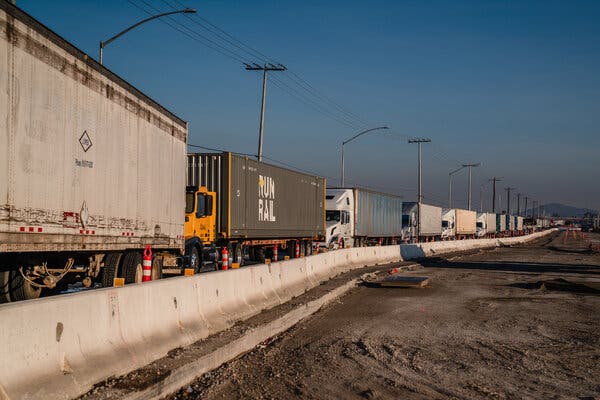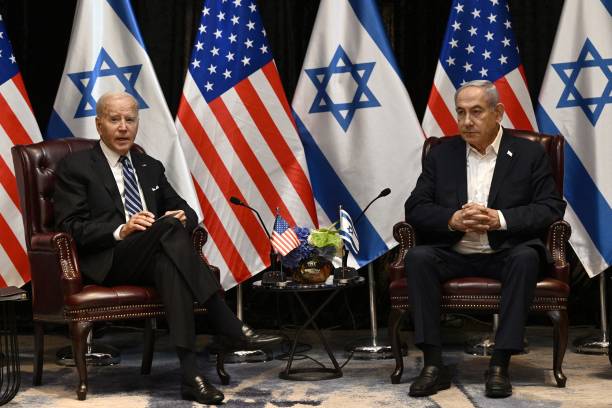
Breaking news: Mexico and the U.S. strike a deal to delay Trump-era tariffs. Explore the agreement’s terms, impacts on USMCA, immigration policies, and economic consequences.
In a pivotal development for North American trade relations, Mexico and the United States have reached an agreement to delay the tariffs threatened by former President Donald Trump. Proposed in 2019 as a pressure tactic to curb unauthorized migration, Trump’s tariffs—starting at 5% and escalating to 25%—were suspended but loomed as a recurring threat. The latest deal, finalized after urgent negotiations, aims to balance immigration enforcement with preserving the $1.3 trillion trade partnership under the USMCA (United States-Mexico-Canada Agreement). This blog unpacks the live updates, SEO-optimized insights, and long-term implications of this landmark accord.
What’s in the Mexico-U.S. Tariff Delay Deal?
The agreement, finalized after intense negotiations, centers on averting 5% tariffs on Mexican goods. Key provisions include:
- Enhanced Border Security: Mexico commits to deploying 6,000 National Guard troops to its southern border with Guatemala, doubling previous efforts to block migration routes used by Central American asylum seekers.
- Asylum Policy Overhaul: The revival of the Migrant Protection Protocols (MPP), or “Remain in Mexico” policy, requires migrants to await U.S. court dates in Mexico. Over 70,000 individuals were affected under the Trump administration, a policy critics argue exposes migrants to unsafe conditions.
- Economic Safeguards: Both nations reaffirmed commitments to the USMCA, ensuring tariff-free trade continuity for industries like automotive manufacturing and agriculture.
Why This Deal Matters for Trade and Immigration
- Economic Impact:
The U.S. imported 358 billion in Mexican goods in 2022, including 358 billion in vehicles and auto parts. Tariffs would have disrupted tightly integrated supply chains, spiking costs for companies like General Motors and Ford. Mexico is also the top buyer of U.S. corn and dairy, with $25 billion in annual agricultural exports at stake. - Immigration Enforcement:
U.S. border crossings hit a record 2.3 million in 2023, straining resources. Mexico’s troop deployment and asylum crackdown aim to reduce these numbers, though human rights groups warn of increased risks for vulnerable families. - USMCA Stability:
As the cornerstone of North American trade, the USMCA supports 12 million U.S. jobs. Escalating tariffs could have destabilized the pact, risking retaliatory measures from Canada and Mexico.
Reactions from Leaders and Experts
- Andrés Manuel López Obrador (AMLO): Mexico’s president hailed the deal as a “win for dialogue,” emphasizing shared responsibility but facing domestic criticism for conceding to U.S. demands.
- U.S. Officials: The Biden administration praised Mexico’s cooperation but faces scrutiny from Republicans, who argue the deal lacks enforcement teeth.
- Economists: Analysts at the Peterson Institute warn that delayed tariffs offer temporary relief, urging investment in Central American development to address migration root causes.
What’s Next for U.S.-Mexico Relations?
- Monitoring Compliance: The U.S. will review Mexico’s border measures in 45 days. Past agreements, like 2019’s short-lived “Migration Pact,” saw mixed results, raising skepticism about long-term adherence.
- Broader Trade Goals: Both nations aim to strengthen nearshoring to counter China’s manufacturing dominance. Mexico’s FDI hit $32 billion in 2022, with Tesla and BMW expanding operations.
- Political Implications: The deal could shape 2024 election debates, as GOP candidates leverage border security concerns while Democrats highlight diplomatic wins.
How This Affects Businesses and Consumers
- Companies: Manufacturers reliant on Mexican imports (e.g., automotive, aerospace) avoid immediate cost hikes. The auto industry, which sources 30% of parts from Mexico, narrowly escapes a $30 billion annual tariff hit.
- Consumers: Stable prices for goods like electronics (Mexico supplies 80% of U.S. flat-screen TVs) and produce (avocados, berries) remain intact.
- Farmers: U.S. agriculture exports to Mexico, including 3 billion in pork and 2.5 billion in dairy, stay protected.

“U.S. and Mexican flags symbolizing trade partnership under USMCA.”
FAQs About the Mexico-U.S. Tariff Agreement
- Q: Will Trump’s tariffs return if Mexico fails to act?
A: The deal delays tariffs indefinitely, but the U.S. retains leverage to reinstate them if compliance lapses. - Q: How does this impact asylum seekers?
A: Migrants must await U.S. court dates in Mexico, a policy linked to 1,500 reported cases of violence under Trump. - Q: Does Congress approve this deal?
A: No—the agreement is executive, bypassing legislative input, a point of contention among lawmakers.
The U.S.-Mexico tariff delay deal underscores the delicate balance between economic interdependence and immigration politics. While it averts an immediate crisis, long-term solutions—like addressing Central American poverty and climate-driven migration—remain vital. As both nations navigate compliance checks and election-year pressures, businesses and consumers gain temporary relief, but the stakes for lasting reform are higher than ever.
Read more:





